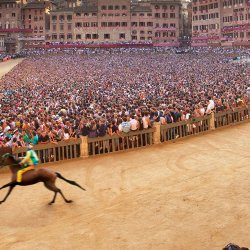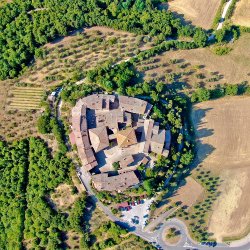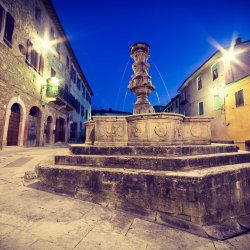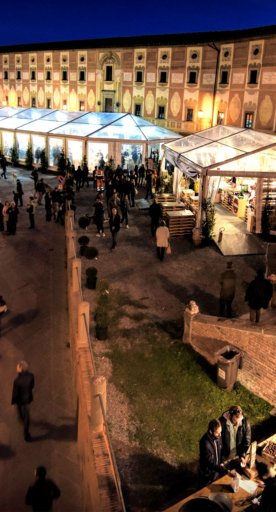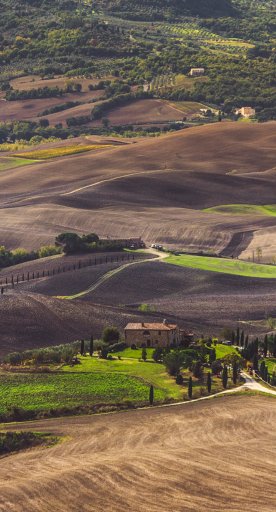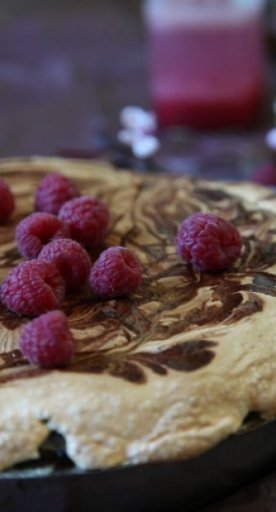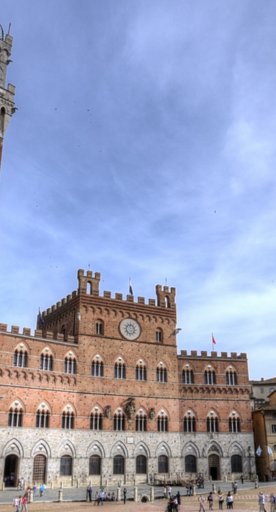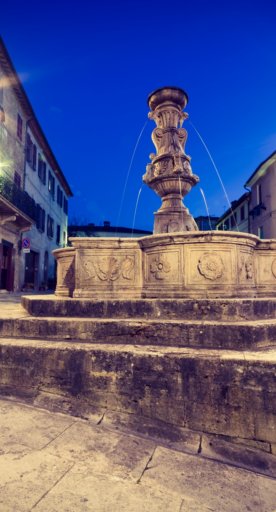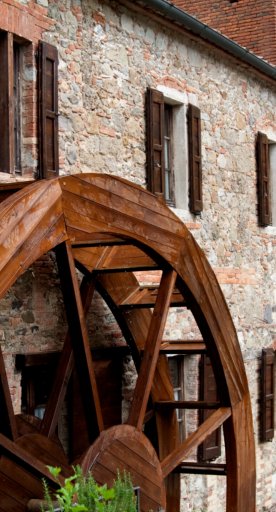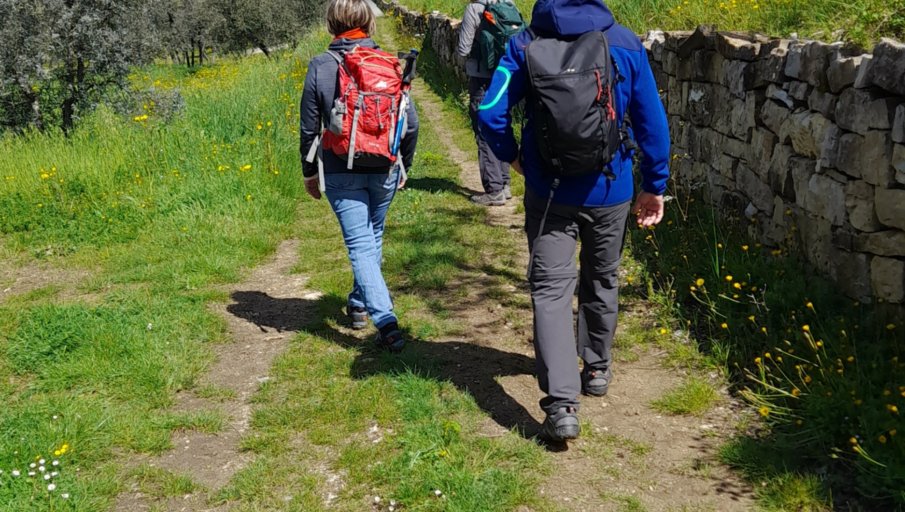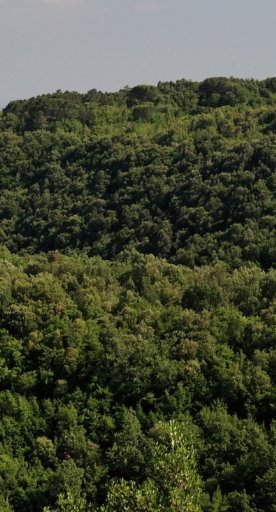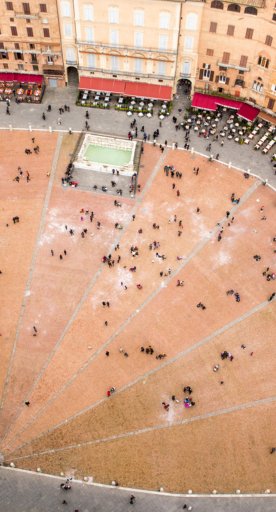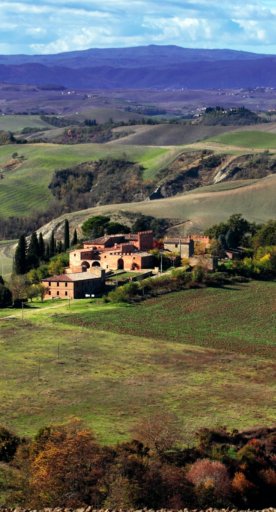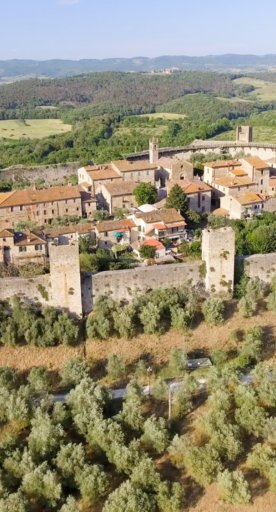Contemporary art along the Tuscan Via Lauretana
Traveling between Siena and Cortona, discovering the works of contemporary art encountered along the ancient route
The Via Lauretana has always been a path of art and artists, a witness to past centuries: here it is possible to follow the traces of the many personalities who, throughout history, have left a mark of their greatness.
In Tuscany, this ancient itinerary connects the two cities of Siena and Cortona, and its five stages hold little surprises. Indeed, along the way you encounter multiple works of contemporary art: located mainly in villages and towns, these open-air and site-specific sculptures fit into the local art scene and enrich its languages, acting as a counterpoint to the arts of the Middle Ages and the Renaissance. Each encountered work evokes a new Tuscany, to discover traveling slowly.
-
1.Siena's art at the beginning of the Via Lauretana
-
2.Along the way, through the villages and landscapes of the Crete Senesi
-
3.The arts of Cortona, the last stop on the Tuscan Via Lauretana
Siena's art at the beginning of the Via Lauretana
 Margherita Moretti" title=""Terra Mater" artwork by Andrea Roggi in Siena" >
Margherita Moretti" title=""Terra Mater" artwork by Andrea Roggi in Siena" >
The streets bordered by the Gothic palaces that characterize the city of Siena are often the setting for exhibitions and temporary displays, which can be admired in Piazza del Campo and Piazza Duomo, as well as along the main street. It is not unusual, however, to encounter some of them in alleys and hidden corners as well: an invitation to discovery which is difficult not to heed.
Some of these works have since been donated or acquired by the city, and have become a full part of the city's fabric. Among the olive trees of the Orti de' Tolomei, in a scenic position overlooking the countryside that stretches outside the medieval gates, is The Drop, a sculpture by Tony Cragg, donated by the artist himself; close to the historic town center, instead, is a bronze sculpture from the Terra Mater series by Andrea Roggi, also placed in a scenic position, with the Duomo in the background and a short distance from the Medici Fortress.
Santa Maria della Scala - the former pilgrim hospital now used as a museum complex - also often hosts contemporary art and photography exhibitions, frequently included in the ticket price.
Along the way, through the villages and landscapes of the Crete Senesi

After leaving the city of the Palio, the Via Lauretana continues its route by plunging into the Crete Senesi of Asciano, where the natural landscape is the main protagonist. It is among these barren hills that the Site Transitoire reveals itself almost suddenly, magnificent in its austere poetry: the sculpture, created by artist Jean-Paul Philippe, is marked by minimalism and is in continuous dialogue with the surrounding landscape. The stone components that make up the work represent the parts of a house - the window, a chair, the bed - to which the sky serves as roof and the environment as walls. By sitting, lying down, or looking through the slit in the stone, it is possible to enjoy the landscape of the Crete Senesi from all points of view.

The village of Rapolano Terme, not far from Asciano, is also worth a visit: it can be reached by a short detour from Serre di Rapolano which, by lengthening the route a bit, allows you to visit the Parco dell'Acqua. Not far from the town center and a stone's throw from the spa complex, this park represents a green corner carved out of an old quarry, where numerous travertine sculptures are scattered. Strolling along the paths that interrupt the green expanse of the meadow, you come across unusual, sometimes fairy-tale, sometimes surreal shapes that catch the eye and are easy to admire: all of the sculptures bear the signatures of artists from the national and international scene, making it a true open-air museum, with works by Joshito Fujibe, Emanuele Giannetti, Rainer Irrgang, Mauro Berrettini, Marcello Aitiani, Kosei Maeda, Rinaldo Bigi, Canuti, Yoshin Ogata, Pietro Cascella, Kiwame Kubo, Jean-Paul Philippe, Paolo Schiavocampo, Cordelia Von Den Steinen and Joe Tilson. The area of the old, now disused quarry was then transformed into a small lake, where you can enjoy a pause in total relaxation.
The arts of Cortona, the last stop on the Tuscan Via Lauretana

The town of Cortona, which concludes the Tuscan stages of the Via Lauretana, has also devoted much space to new forms of art over the years. One example is the Cortona Contemporanea exhibition, which scatters sculptures and temporary exhibitions in the historic town center - such as the one featuring the works by Roberto Barni - intermingling with the cultural itineraries of MAEC, the Museum of the Etruscan Academy and the City of Cortona.
In addition, every year the city organizes the international photography festival Cortona On The Move, which is characterized by a marked experimentation connected to new visual languages, presenting high-impact picture gallerys, often anchored to topics having a strong social value.


